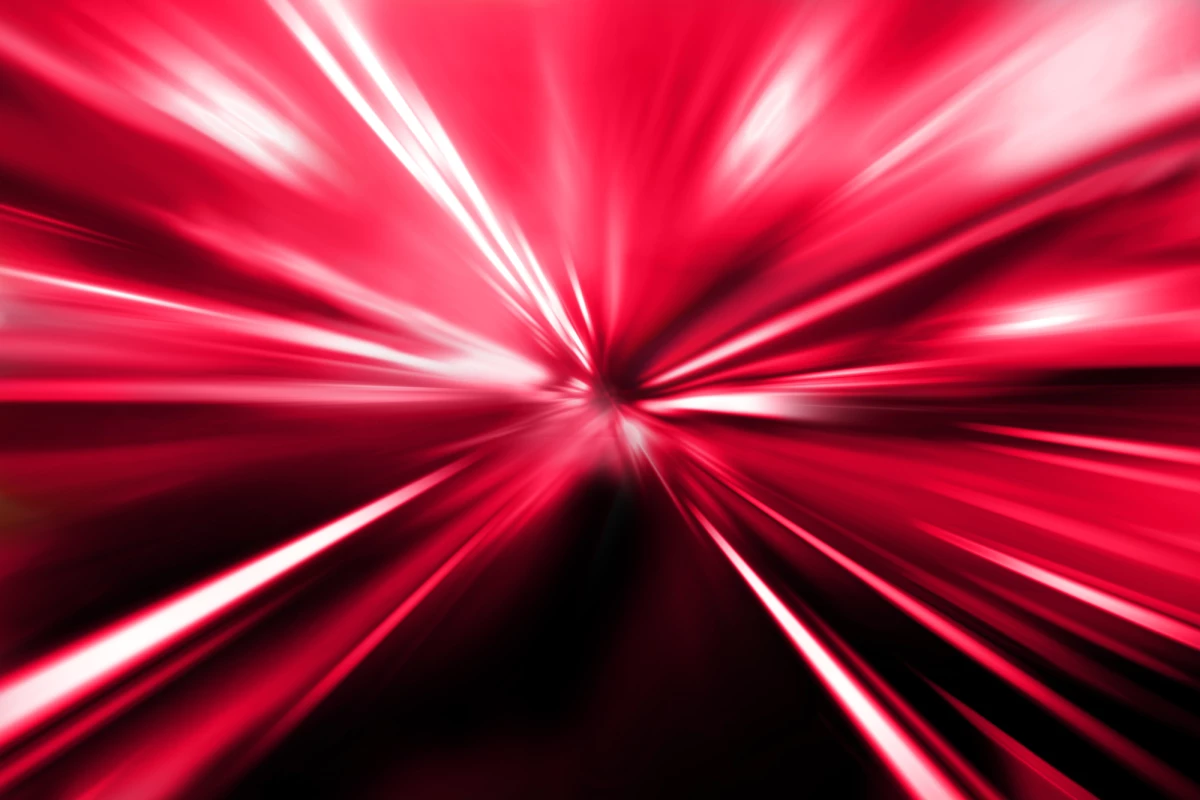As our bodies age we can expect different components to deteriorate in performance, however, not all do so at the same pace. The retinas are one example of a part that ages sooner than most, but a new study has demonstrated how a form of deep red light therapy can help arrest this slide. Hitting the eyeball with just the right wavelength of light has been found to “recharge the energy system” and bring significant improvements to vision in those over 40.
The study conducted at University College London (UCL) looked at the potential for manipulating the performance of mitochondria, which are often referred to as the powerhouses of cells. Like they do in cells throughout the body in the body, mitochondria act as the energy factory of retinal cells by producing the energy-rich molecule, adenosine triphosphate (ATP).
The retina’s photoreceptor cells have particularly high energy needs, and are therefore where a high density of mitochondria can be found. This contributes to the disproportionate rate of age-related decline in the eyes, which begins to accelerate at around 40 years and causes a significant decline in photoreceptor function.
"As you age your visual system declines significantly, particularly once over 40,” says lead author, Glen Jeffery. “Your retinal sensitivity and your color vision are both gradually undermined, and with an aging population, this is an increasingly important issue. To try to stem or reverse this decline, we sought to reboot the retina's aging cells with short bursts of longwave light."
The UCL researchers had previously conducted experiments in which they found that exposing the eyes of mice, bumblebees and fruit flies to 670-nanometer deep red light resulted in significant improvements to their vision.
"Mitochondria have specific light absorbance characteristics influencing their performance: longer wavelengths spanning 650 to 1000 nanometers are absorbed and improve mitochondrial performance to increase energy production," says Professor Jeffery.
Next, the researchers turned their attention to human subjects. This round of experiments involved 24 healthy participants between the ages of 28 and 72, who underwent examinations at the outset of the study. This meant testing the sensitivity of the retina’s rods, which handle peripheral vision and low-light scenarios, and its cones, which mediate color vision.

All of the subjects were given a small LED torch that emits a deep red 670-nanometer beam, and were asked to look into it for three minutes a day across a two-week period. Follow-up testing revealed that the therapy had no impact on the younger subjects, but brought significant benefits for those 40 and over.
The ability to detect colors improved by as much as 20 percent in some of those subjects, with the most significant gains observed in the blue part of the spectrum that is most susceptible to age-related decline. Rod sensitivity was also significantly improved in those 40 and over, albeit not by quite as much.
"Our study shows that it is possible to significantly improve vision that has declined in aged individuals using simple brief exposures to light wavelengths that recharge the energy system that has declined in the retina cells, rather like re-charging a battery,” says Jeffery. ”The technology is simple and very safe, using a deep red light of a specific wavelength, that is absorbed by mitochondria in the retina that supply energy for cellular function. Our devices cost about £12 (US$14) to make, so the technology is highly accessible to members of the public."
The research was published in the Journals of Gerontology.
Source: University College London via EurekAlert





